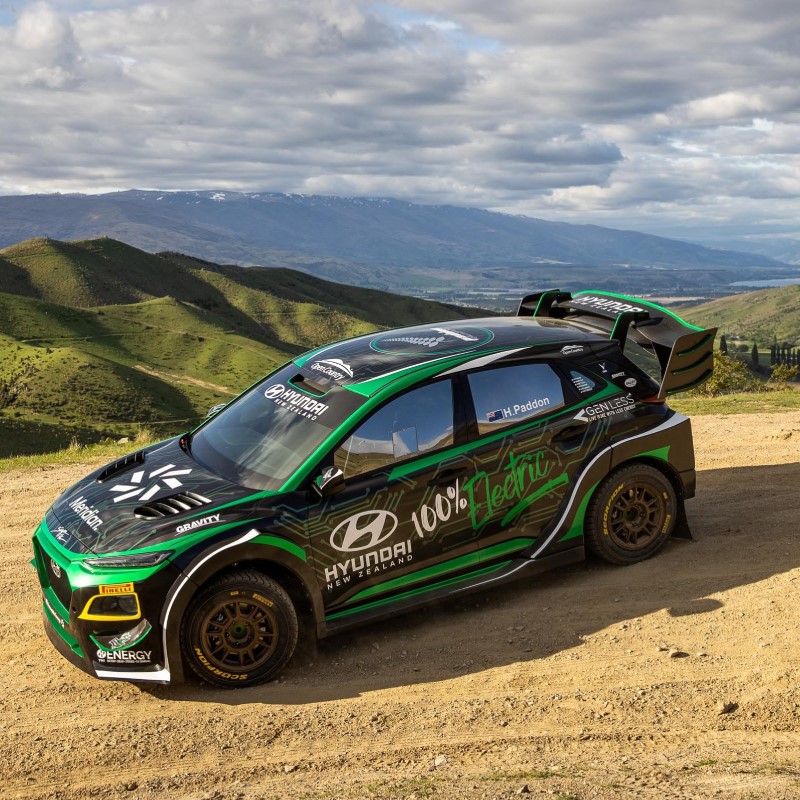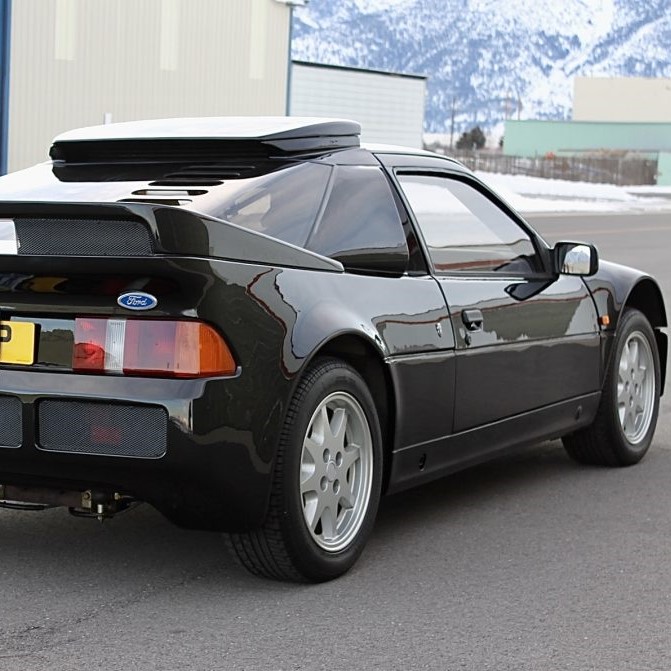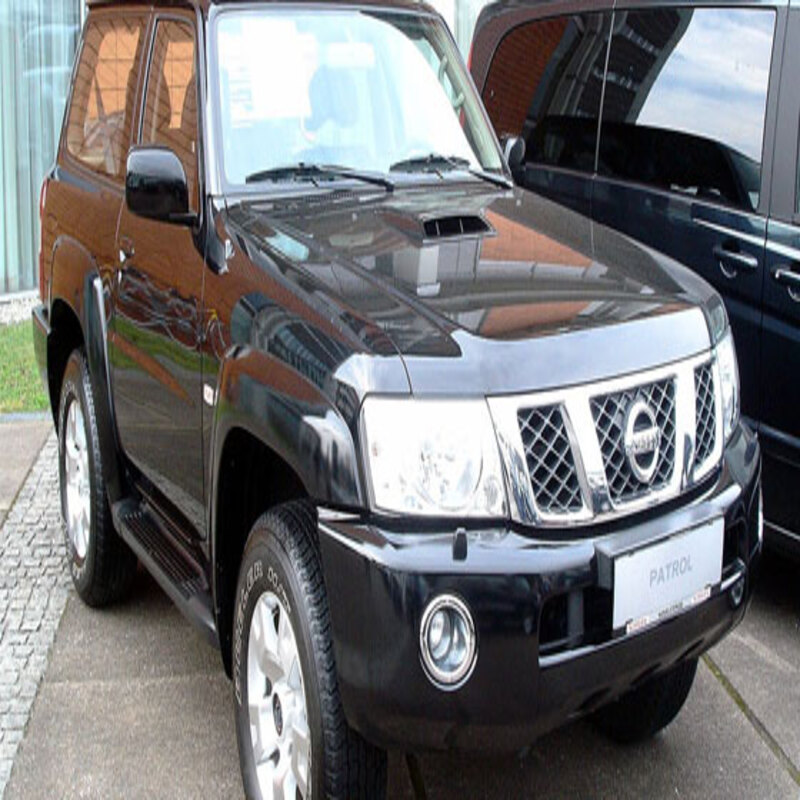Datsun 510 Rally car on paper, the affordable Datsun 510 sedan seems an unlikely candidate to conquer the international rally racing scene of the early 1970s. But the compact, rear-wheel drive 510 had the right attributes to upset European makes including nimble handling, tunable engines, and rugged reliability.
Between 1970 and 1973, expertly prepped Datsun 510s became giantslayers claiming underdog victories against more powerful machinery. Let’s examine how the Datsun 510 punched far above its weight class to achieve rally fame and cement its legend.
Humbler Origins – Datsun 510 Rally Car
Produced from 1967 to 1973 as Datsun’s small family sedan, the 510 was never envisioned for performance or motorsport use when launched. Its 86 hp 1.6-liter engine and budget underpinnings are aimed simply for economical basic transportation.
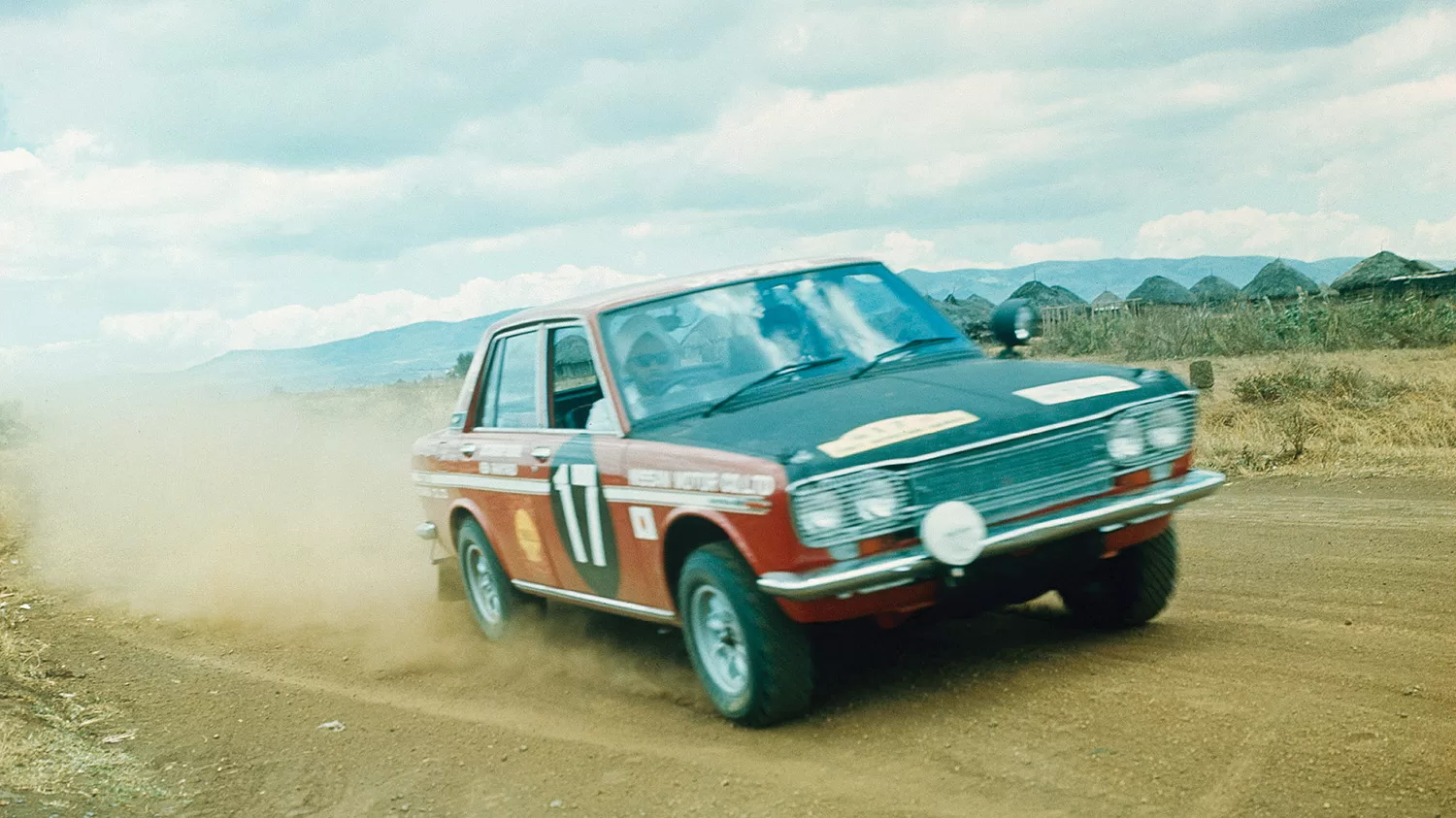
But the lightweight, compact RWD layout endowed the 510 with an eagerness that inspired tuners and racers. Stronger engines, improved suspensions, and minor weight reduction transformed the 510 into an unlikely road racer and rally threat despite its working-class roots and price tag.
Engine and Handling Transformation
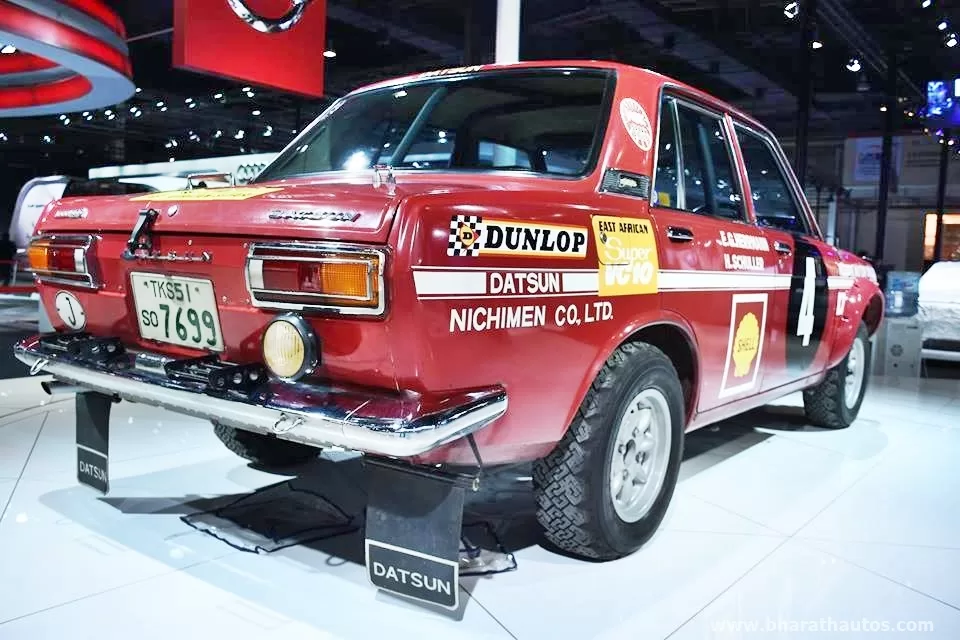
High compression pistons and performance camshafts optimized the robust 1.6L and optional 1.8L engines, with tuning pushing output past 150 horsepower.
Fitted with Weber carburetors, tuned intake, and free-flowing exhaust, intake, and exhaust, small engines readily revved past 7,000 rpm.
Stiffer suspension calibrations, anti-roll bars, and tire upgrades sharpened handling for loose surfaces.
While remaining streetable, these tweaks honed the 510 into a giant killer.
Giant Killing Rally Victories
Against European makes with bigger budgets and more displacement, the modified 510 leveraged nimbleness and smooth power delivery to pull off shocking rally wins.
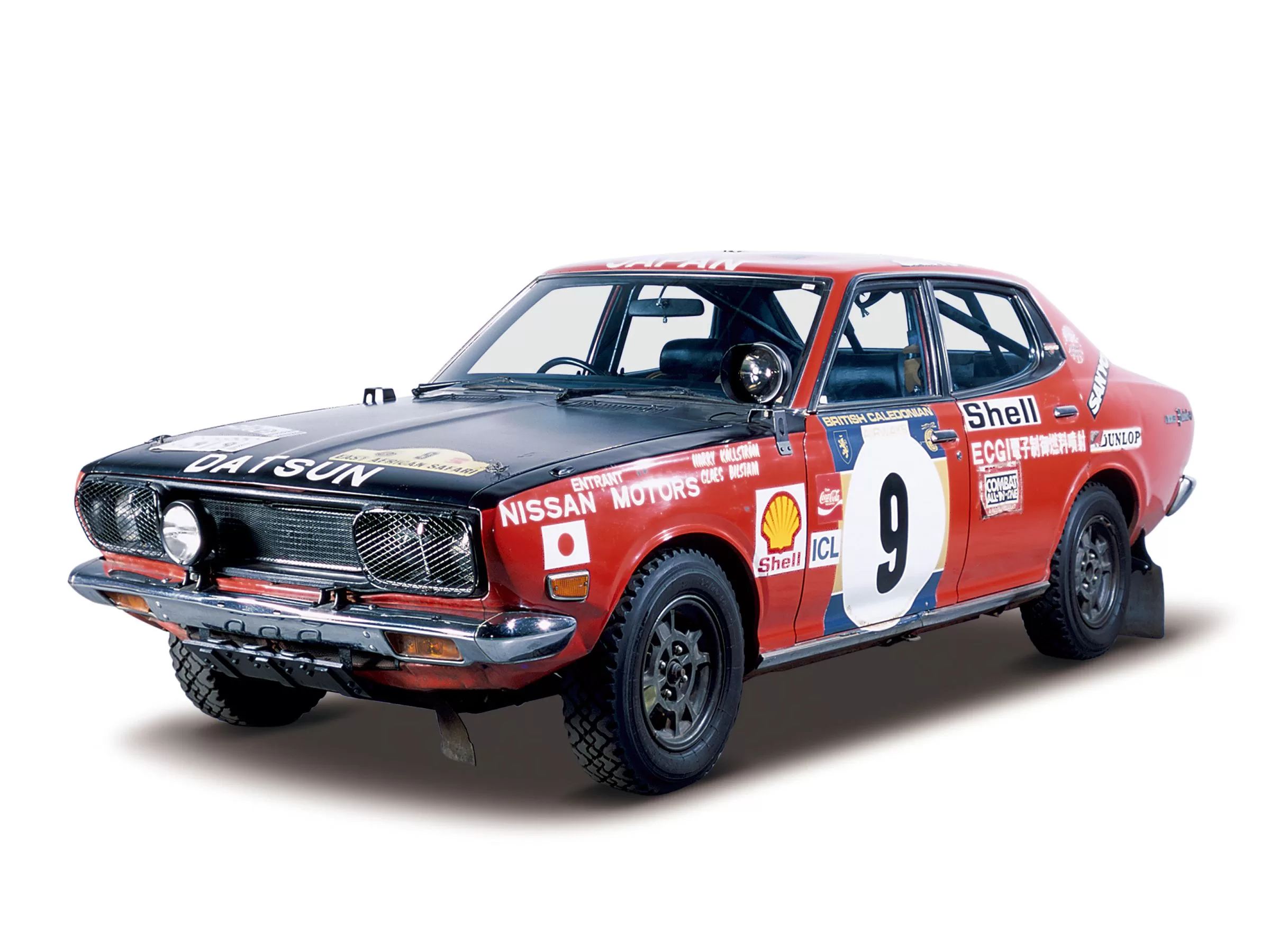
Victories included a 1971 Shell 4000 Rally in Canada besting rival Alfa Romeo and BMWs. The 1973 Press on Regardless Rally in Michigan saw 510s finish 1-2 defeating powerful Capris, Opels, and AMC Javelins against the odds. Even in South Africa, the 510s proved victorious thanks to sturdy construction handling rough conditions.
Why The Datsun 510 Rally Car Succeeded
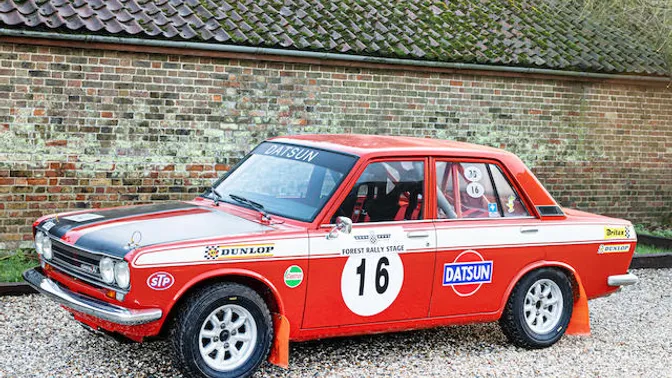
Several factors explain the 510’s improbable giant-killing ways:
Lightweight unibody construction enabled quick direction changes and high grip.
Front/rear weight balance kept rear planted under acceleration.
The high-winding engine stayed in the power band.
Durable engine internals could withstand high RPM rally abuse.
Rear-drive traction dynamics are ideal for rally’s loose surfaces.
The 510 made the most of basic attributes thanks to thoughtful preparation and skilled piloting.
Datsun 510 Rally Car Legacy as A Rally Underdog
Following its early rally successes, the 510 gained iconic status as one of rally racing’s greatest underdog stories of an everyday sedan humbling expensive sports car rivals. It echoed the feats of the legendary Mini Cooper thanks to sheer precision and tenacity.
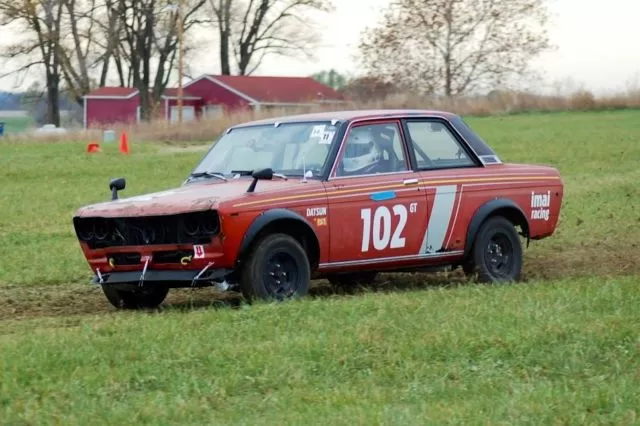
The giant-killing spirit of the 510 presaged rally successes for later economy Japanese cars like the Toyota Corolla. It also cemented Datsun’s reputation for delivering surprising performance in affordable packages. In North America, the plucky 510 remains revered for taking early World Rally Championship stars by storm against all odds.

